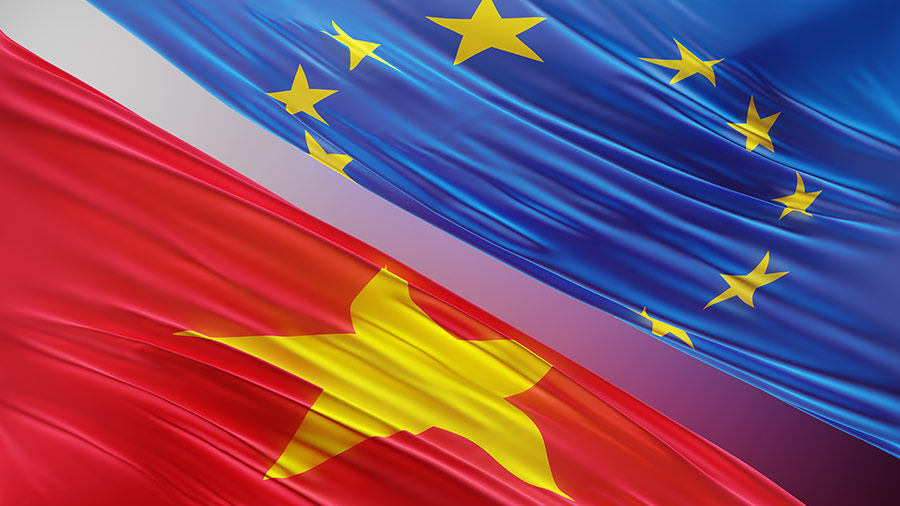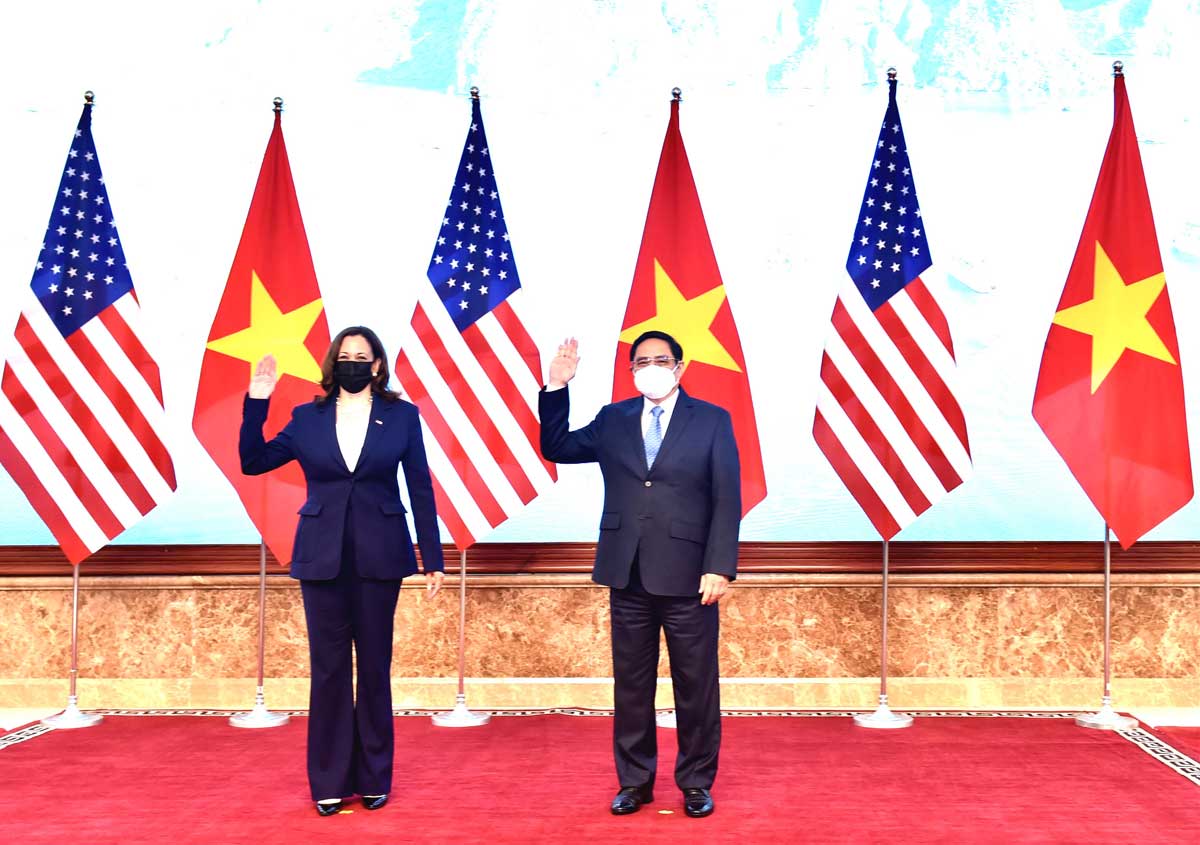[ad_1]
“International locations within the decrease basin Mekong River may make monetary contributions to create a fund that offsets monetary loss to China and ask Beijing to launch water in dry season,” Alan Basist, Mekong Dam Monitor Co-Lead, mentioned in at a digital occasion titled “The place’s the Water: Mekong Dry Season 2022” hosted by the Stimson Middle Tuesday.
Basist, president, Eyes on Earth, a companion of the Stimson Middle in working Mekong Dam Monitor, which is partly-funded by the U.S. State Division, defined that downstream international locations can take help from a consultant within the insurance coverage trade to proceed with such a plan.
Citing his expertise in working with insurance coverage companions for over a decade, Basist advised that when a drought scenario is recognized, an insurance coverage company representing downstream international locations would provide to pay China for releasing water that it holds in its dams upstream of the Mekong River.
Basist defined this type of fee could possibly be seen as compensation for China as a result of it must releases water as an alternative of holding to generate electrical energy throughout the dry season, resulting in monetary losses.
In impact, it could imply that China is requested to let water in its reservoirs circulation naturally downstream, keep the integrity of the Mekong and welfare of the communities that depend on it throughout the dry season.
“This type of insurance coverage association has been performed in several components of the world efficiently. Due to this fact, downstream international locations may think about it (a type of) cooperation in sharing the water useful resource of Mekong.”
Brian Eyler, Southeast Asia Program Director and Mekong Dam Monitor Co-Lead, Stimson Middle, mentioned he had mentioned with Basist the “compensation” situation, given the truth that half of the Mekong water storage is in China and the simplest resolution for acquiring downstream aid is cooperation with China.
“Nevertheless, China has not give you a cooperative plan with downstream international locations on the best way to reply in instances of want. It’d really be probably the most troublesome (one), but it surely nonetheless is an answer.”
 |
|
A drought hit rice discipline in Ben Tre Province, Vietnam’s Mekong Delta, March 2020. Picture by VnExpress/Huu Khoa |
‘Sudden shocks’
Eyler famous that Jinghong, China’s closest dam to downstream international locations, just lately launched and restricted water all of the sudden in areas alongside the Thailand and Laos borders. It precipitated not only a gradual rise of the river, however “sudden shocks” to the river stage.
In 2021, there have been 22 instances when upstream dams in China administered such sudden shocks, growing river water ranges by greater than 50 centimeters, or decreased the extent by as a lot.
One of many main issues, Eyler mentioned, was the antagonistic ecological impacts that this might have, together with existential threats to critically endangered species. The destruction has already been seen within the type of fowl nests alongside the river destroyed, large fish flushed out and bushes dying in giant numbers.
Evaluating information between 2018 and 2020, Eyler mentioned China’s dams operated the identical method whatever the situations downstream, taking a bigger quantity of water out of the river.
“That is very regarding.”
He mentioned China has accomplished 129 dams on the river, 11 of them the biggest mainstream dams. A lot of the Mekong water, as a lot as 56 %, is held in China.
Cooperation is essential
Nguyen Huu Thien, an impartial advisor primarily based in Can Tho, a metropolis in Vietnam’s Mekong Delta, mentioned local weather change has sophisticated the Mekong system, however hydropower dams will make it much more so. Within the context of local weather change, international locations will see extra excessive occasions like El Nino and La Nina the place rainfall is low after which hydropower dams should not have adequate water to run their generators.
Basist careworn that international locations alongside the Mekong River not solely sees decrease water circulation due to dams but additionally a big impact from the shortage of rainfall and snowmelt that might happen throughout the moist season. Local weather change has proven important unfavourable impacts during the last a number of years. As well as, land use is one other issue affecting water circulation.
Due to this fact, he mentioned, associated international locations are dependent upon cooperating with one another to unravel related issues. They should begin taking a look at it as an built-in system, not simply who can maintain water again for functions that profit their very own nation. International locations want to advertise communication and understanding to determine the best way to successfully work collectively and keep the integrity of the river.
Cooperation is the important thing for such administration, he added.
[ad_2]
Source link



/cloudfront-us-east-1.images.arcpublishing.com/gray/GNN7GHUPT5FFXGEE5AAHTK2LRY.jpg)










